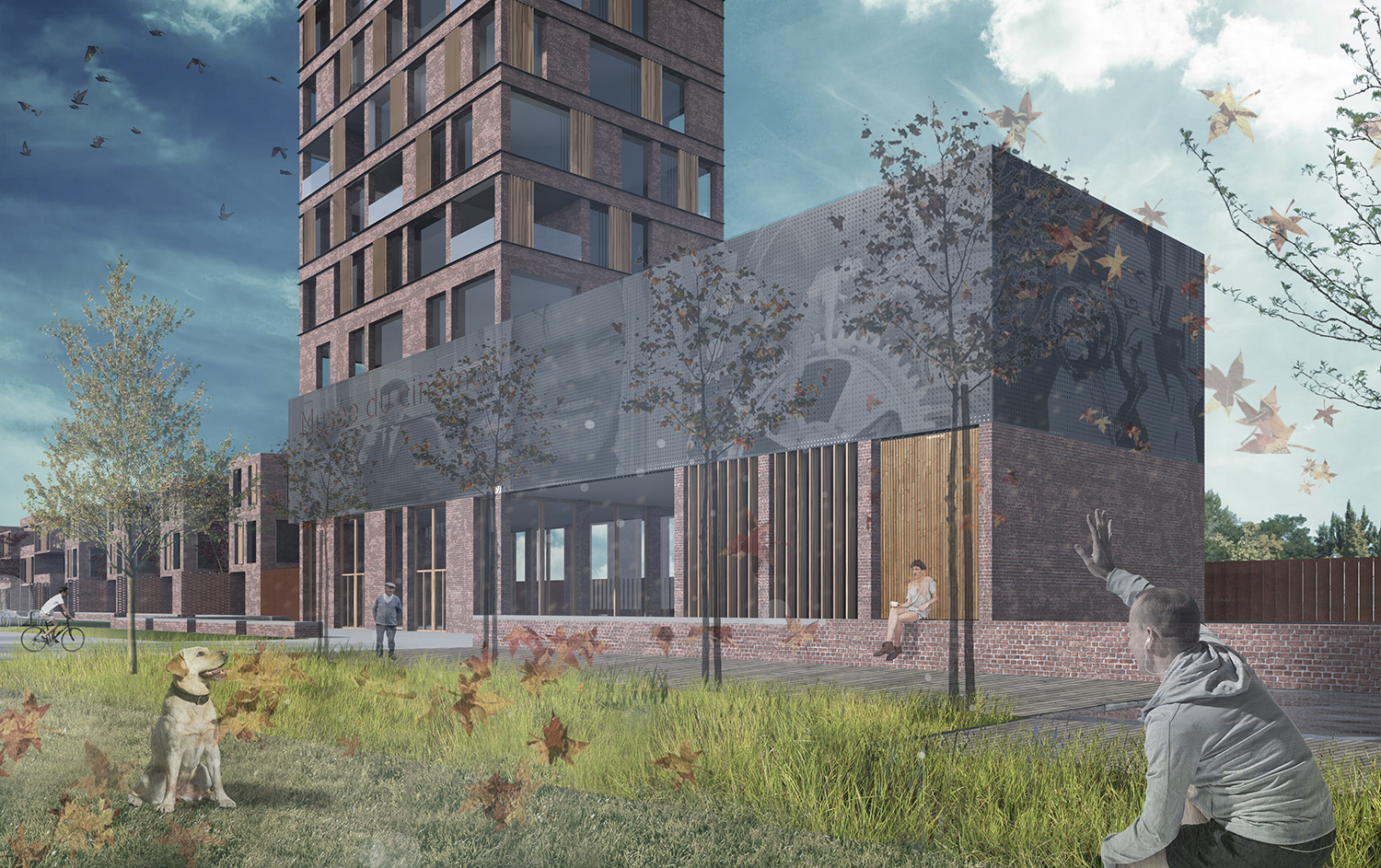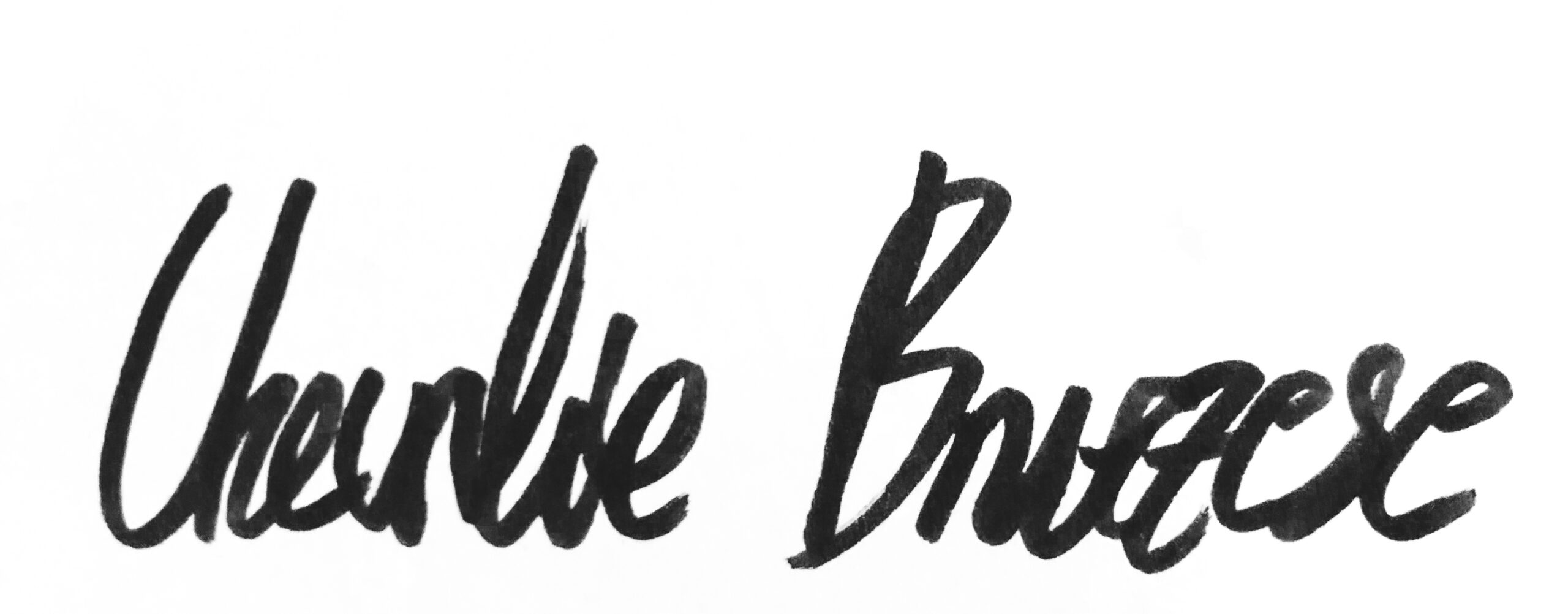Living in a park
Urban planning is a very interesting, yet complicated assignment. In order to fully understand what is at stake, you have to set your mind to a certain state of abstractness, because the largest part of the work has to be done at a big scale, using abstract and simplified volumes. The exercise here was to conceive a piece of the city, which had to be connected to the existing urban fabric.
First, we had to work at a very large scale, identifying the schools, the stores, the city center. Asking ourselves if there is a tram or a bus station nearby. Then we had to question the immediate surroundings. Where are the streets, the accesses ? how do people move ? Is there a main boulevard, a place, a garden, a prominent urban space nearby ? These two sets of questions allowed us to conceive a first pattern. A mental image of the site, if you will.
Once this data had been collected, the third step was to design a general concept, based on our findings. In the end, you don’t really invent anything, you just compose with what is already there. Therefore, the ideal design was just a prolongation of the existing urban fabric. It’s all about finding a stable and obvious continuity.










